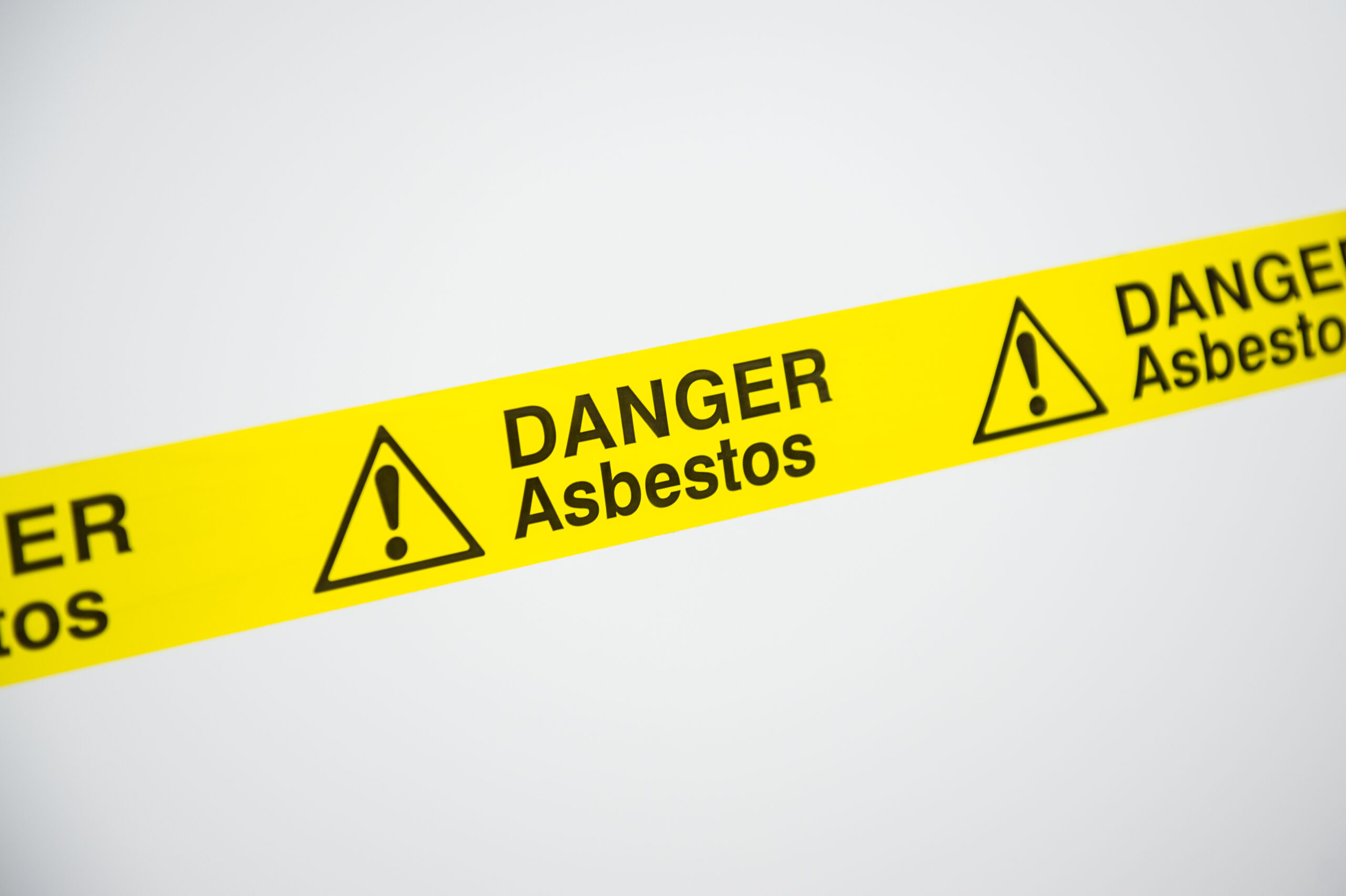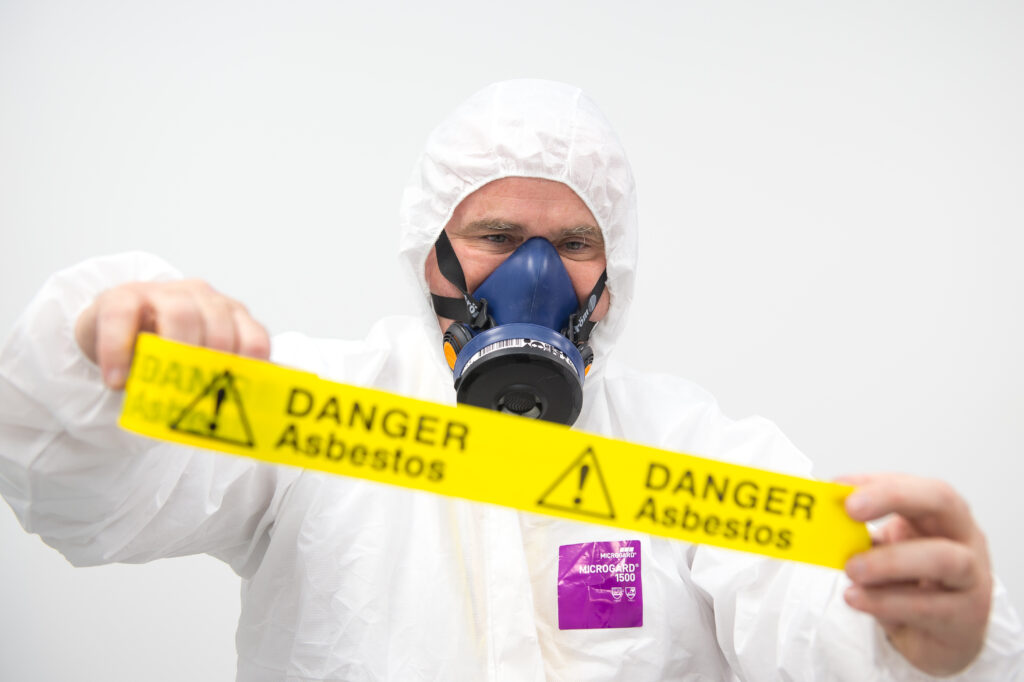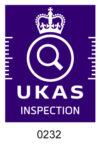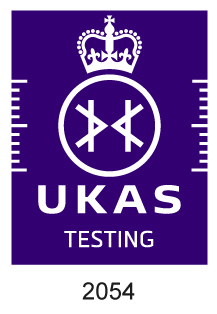Menu
close
**LATEST** New quantitative face fit services for RPE
Book in today
Answer: If you’re not a qualified asbestos surveyor, or you haven’t sent a sample of unknown material for testing**, then you must assume that you can’t properly identify it.
You can find asbestos in very predictable places such as in pipe lagging or asbestos insulating board, and if you know that the site is older than the year 2000, that can be a sign that you potentially have asbestos on your hands.
However, you might find that the asbestos-containing materials on your site are hidden behind other building materials, or are not recognisable to you.
Answer: you must assume that any building built prior to the year 2000 may contain asbestos.
Asbestos was used frequently in construction from the 1930s. It was progressively phased out in the last quarter of the century, before being completely banned in 1999.
Some local government sources1, 2 advise today that asbestos was used most between the 1960s and early 1970s, and different building users should look out for different types of asbestos.
Unfortunately, it is still in 1.5 million buildings in this country, and there are plenty of unexpected places in which asbestos can be installed: around moulded cement water tanks, in building materials used as packing around door frames, and even in a screw-fixing compound for wall plugs.
This is why you must rely on information in your facility’s asbestos management plan and asbestos register – and consider getting an additional asbestos survey if your refurbishment project will disturb the fabric of your building.
Answer: the costs vary, but compliance is always less expensive than missing out vital steps in preparing for your building project.
When it comes to working with asbestos, there is no one-size-fits-all approach. For example, surveying costs will depend on a number of factors, including:
However, if you factor surveying into your project plan, you can prepare your next steps, give notice to the necessary teams and building users, and ensure minimal standing time – all while keeping the associated costs to a minimum.
Answer: a minimum notification period of 14 days exists for licensed work – but finding asbestos unexpectedly will delay you for much longer.
As we have stated above, there are inevitable delays associated with working with asbestos – but the delays you plan for are far shorter than the ones for which you don’t.
For example, if you unexpectedly find asbestos that requires a licensed contractor to remove, you will have to factor in that minimum notification period. Worse still, if you disturb the material, you will need to:
This could take weeks, even months, with the risk of severe prosecution – all of which could have been prevented by a survey.
Answer: if the work carried out on your premises will disturb asbestos, you will need either a trained contractor or a licensed one to carry out any work with asbestos.
Activities are deemed to be ‘higher risk’ if there is a higher chance that contractors will be exposed to a greater volume of fibres when the asbestos-containing material is disturbed – and therefore, require a licensed contractor.
However, some work with asbestos-containing materials that is unlikely to expose contractors to high levels of asbestos fibres is considered ‘non-licensed’ (meaning that a contractor won’t need a license – but they will still need specialist training).
However, you must bear in mind that not all types of work are always licensed or non-licensed (see here): only the exposure risk presented by the task can determine this.
* This advice is no substitute for the personalised, expert advice that AEC can provide for your project. However, it provides some important clarity on just a few project-critical issues you may encounter.
** Sample analysis can determine whether or not ‘suspicious’ material contains asbestos fibres. It is not a replacement for a full survey.

Looking after every asbestos-related compliance responsibility is a challenge that can be difficult to carry out alone. AEC can help you with every stage of your project – from expert project management support to carrying out legally-required surveys that can give you the green light to start that work.
Which challenges are you facing on your site? Contact Us for Support.

